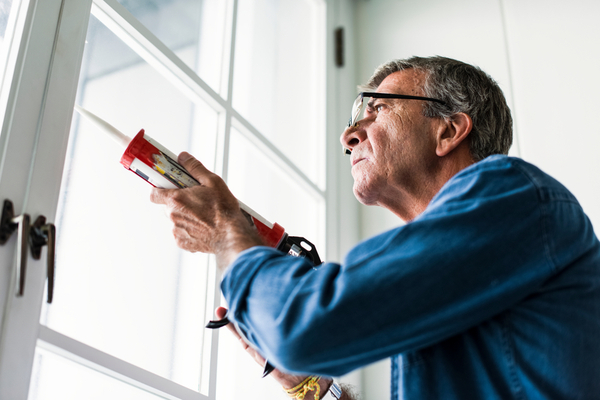Sustainable home design is a goal that’s long been sought by builders and homeowners alike. Not only does sustainable design make a house less expensive to operate, it can also help reduce carbon emissions and other environmental impacts. It’s not trendy, and evolution can be slow, but sustainability is important to help homes continue to be useful and comfortable as climate change accelerates.
But many homeowners are daunted by the prospect of making their home more sustainable. The goal seems lofty, out of reach, and really expensive to accomplish.
While it can seem like a huge undertaking to create a home that’s optimally sustainable, sometimes the goal is just doing less harm. That can be a good step in the right direction, and one that’s attainable for many homeowners. This generally doesn’t mean drastic changes that cost tens of thousands of dollars, but smaller steps in the right direction.
“Energy efficiency upgrades like better insulation and sealing your windows and doors are a good way to decrease the operating costs of your home,” says John Oppermann, real estate broker and sustainable home consultant with Avenue 8, based in New York City, New York. “If you can take a holistic approach to create an energy-efficient home by designing the entire home so that it seals in hot air in the winter and cold air in the summer and uses passive elements like the sun to warm the home, then you can go a long way to reduce your heating and cooling costs. Going with what is called a ‘high-performance design’ can sometimes reduce your energy usage for heating and cooling by up to 90 percent.”
Other options, like improving your hot water efficiency and covering your windows during the hottest or coldest part of the day can also make a big impact on a tight budget, especially in an older home.
“Low-flow water faucets and shower heads would be excellent examples of cost-effective methods of improving a home both in water consumption and energy efficiency,” says Greg Wolfson, chief technology officer at EcoSmart Solution in Belvedere Tiburon, California. “Reducing hot water flow means conserving the supply of the hot water tank – which guzzles more energy than most people think. Window treatments can range widely in terms of pricing and to various degrees of impact, but even low-cost window treatments are worthy of notice for any homeowner.”
There are never likely to be hot trends in sustainability, because changing out light bulbs and insulating an attic aren’t sexy or fun, but they do create huge ripples that impact the entire world. Starting small with sustainable choices like recycled furniture, reclaimed remodeling materials and low-water gardens in place of lawns can be great ways to think about sustainability that grows from your own home.
So take a look around at ways you can improve the energy efficiency in your home. Not only will these measures save you money, the reduced reliance on the energy grid is good for the planet.
—
Photo Credit: Rawpixel.com / Shutterstock.com
